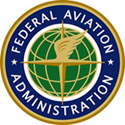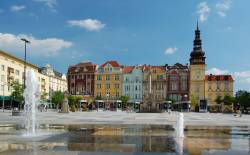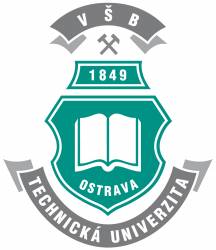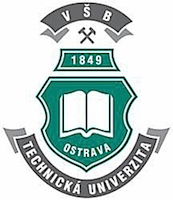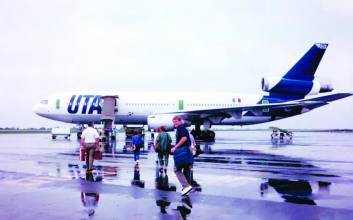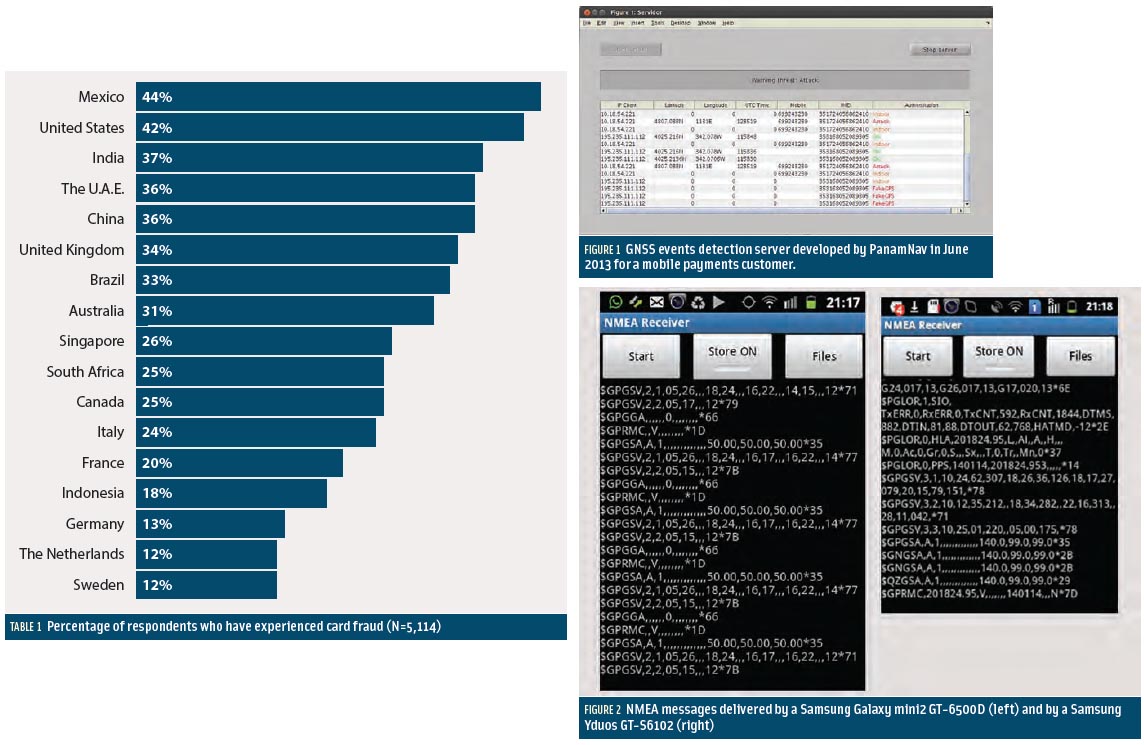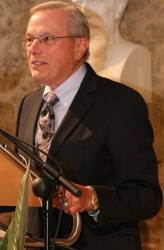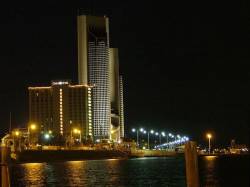FAA UAV Exemption Process Is in Place, Though Perhaps Imperfect
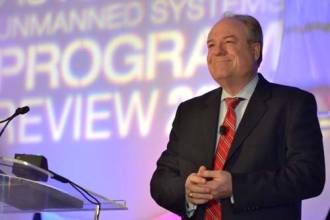 Jim Williams, FAA UAS Integration Office. AUVSI photo
Jim Williams, FAA UAS Integration Office. AUVSI photoCompanies hungry to offer commercial services in the United States with unmanned aircraft finally have something to chew on.
The Federal Aviation Administration (FAA) has laid out a process whereby a carefully selected set of unmanned aerial systems (UAS) may be granted an exemption to do for-pay flights before the first broad rules for U.S. flying unmanned aircraft are finalized.
By Inside GNSS
